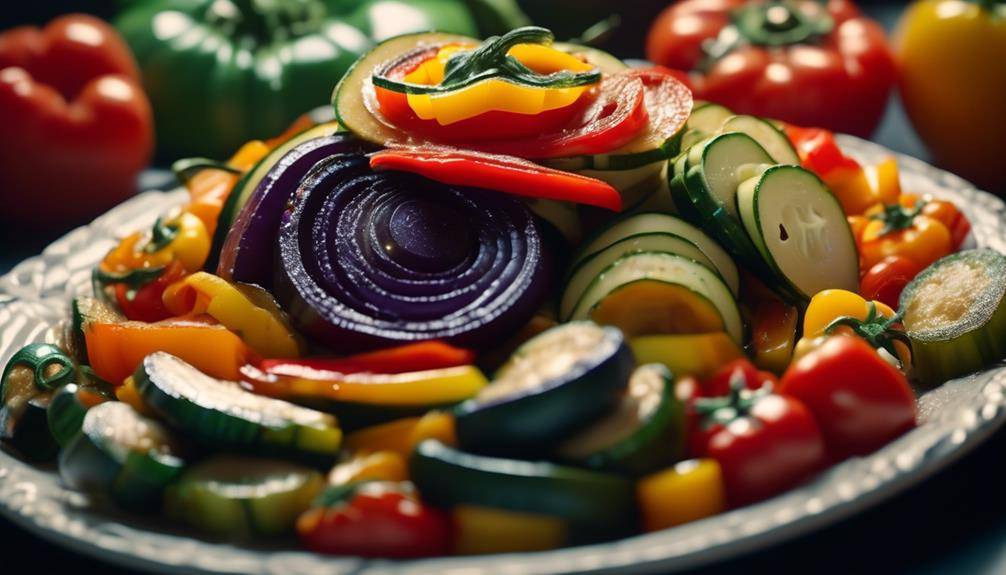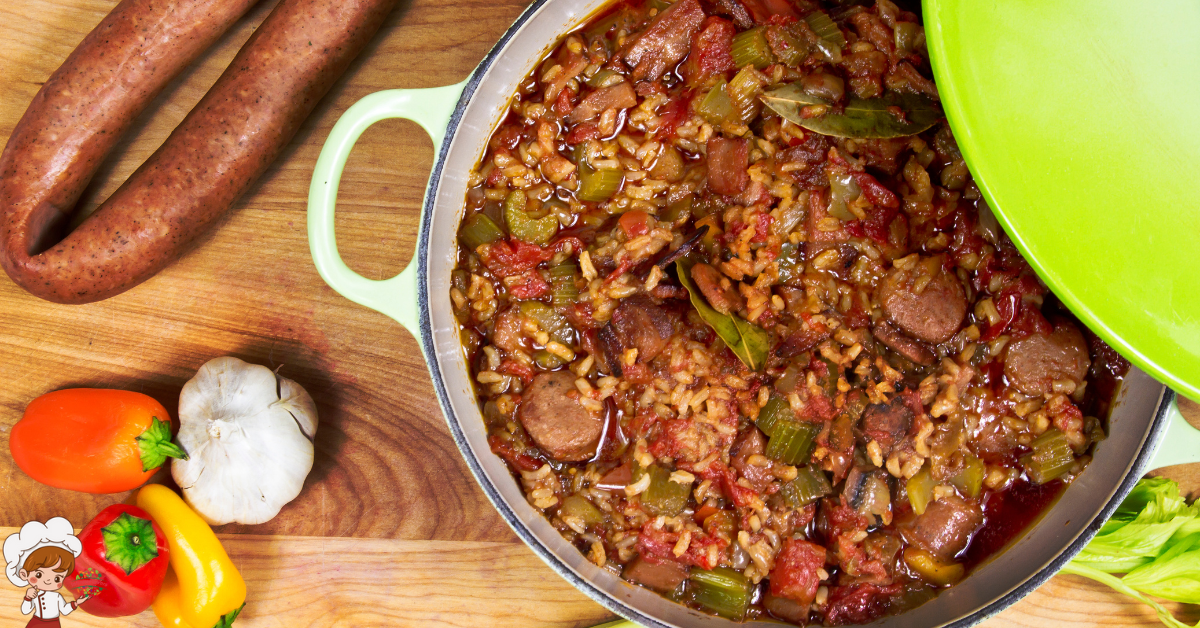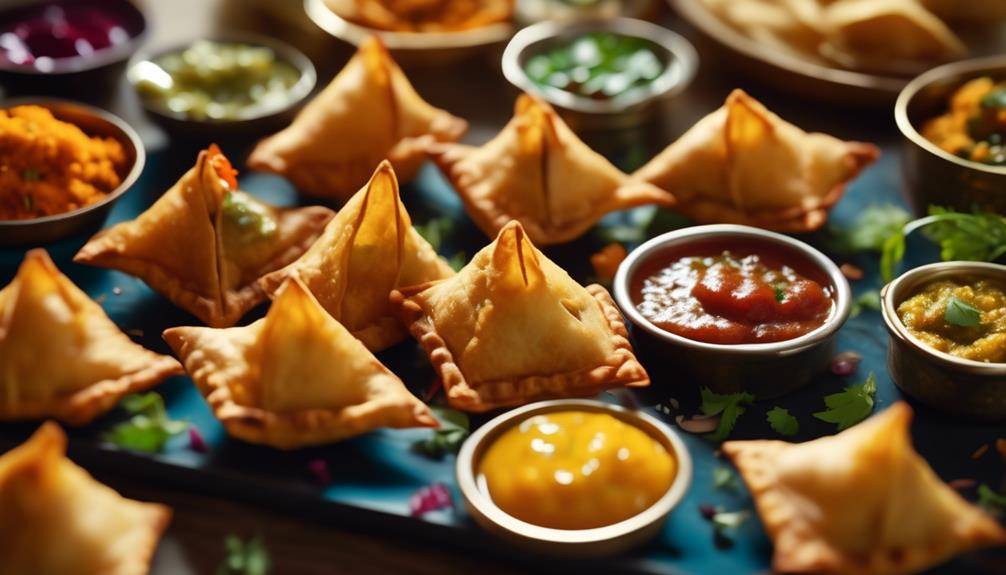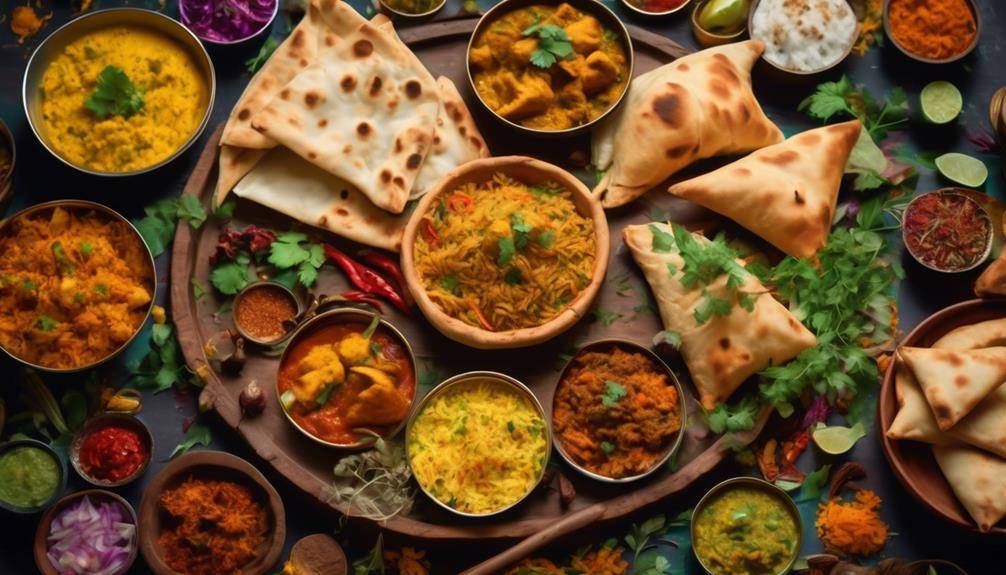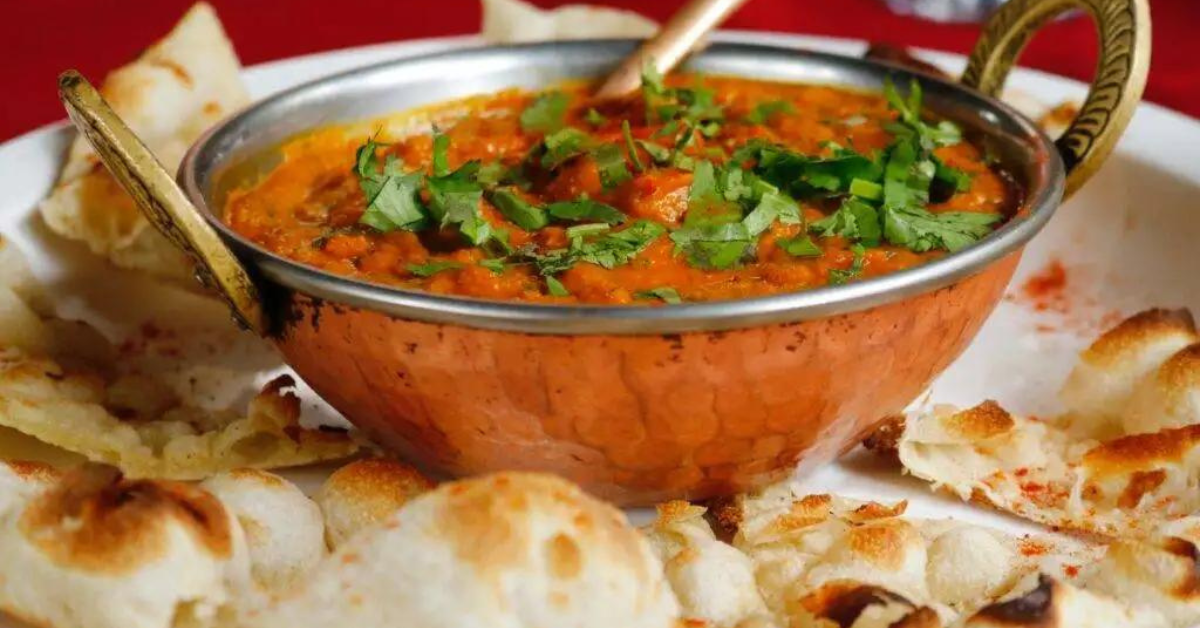Popular Lebanese Food Traditions And Customs

Step into the vibrant world of Lebanese cuisine and discover the rich tapestry of Lebanese Food Traditions And Customs that have been passed down through generations. From the intriguing history of Lebanese cuisine to the influences that have shaped its unique flavors, you’ll find yourself captivated by the stories behind each dish. So, prepare to tantalize your taste buds and embark on a culinary journey like no other.
History of Lebanese Cuisine
Lebanese cuisine has a rich and vibrant history, shaped by a fusion of cultural influences and culinary traditions. The influence of various civilizations and cultures, such as the Phoenicians, Romans, Ottomans, and Arabs, has contributed to the diverse and unique flavors of Lebanese cuisine. These influences have left a lasting impact on the traditional flavors that are still enjoyed today.
One of the key influences on Lebanese cuisine is the Mediterranean region. With its abundance of fresh ingredients, the Mediterranean has provided a rich foundation for Lebanese dishes. Olive oil, a staple in Lebanese cooking, is a prime example of this influence, as it is widely used in various dishes, adding a distinctive flavor and richness.
Another significant influence on Lebanese cuisine is the Arab world. Arab spices, such as cumin, coriander, and cinnamon, are commonly used in Lebanese cooking, adding depth and complexity to the dishes. The Arab influence is also evident in the use of ingredients like chickpeas, lentils, and sesame seeds, which are commonly found in traditional Lebanese recipes.
Lebanese cuisine has also been shaped by the Ottoman Empire. The Ottomans introduced a variety of ingredients and cooking techniques to Lebanon, including the use of yogurt, lamb, and stuffed vegetables. These flavors and techniques have become an integral part of Lebanese cuisine, adding a distinct richness and texture to the dishes.
Influences on Lebanese Food
As you explore the influences on Lebanese food, you will discover a rich tapestry of cultural cross-pollination. Lebanon’s location at the crossroads of the Mediterranean has resulted in a fusion of flavors, where the traditional Lebanese cuisine intertwines with the tastes of neighboring countries. Additionally, the historical culinary exchanges between Lebanon and various civilizations throughout history have left a lasting impact on the country’s food traditions.
Cultural Cross-Pollination
Incorporating diverse culinary influences from the Mediterranean, Middle East, and beyond, Lebanese cuisine has become a vibrant tapestry of flavors and techniques. Cultural exchange and culinary fusion have played a significant role in shaping the Lebanese food traditions we know today. Here are four examples of how cultural cross-pollination has influenced Lebanese cuisine:
- Phoenician Influence: The ancient Phoenicians introduced olive oil, a staple ingredient in Lebanese cooking, as well as the cultivation of fruits and vegetables.
- Arab Influence: Arab conquest brought spices like cumin, coriander, and cinnamon, which are now commonly used in Lebanese dishes.
- Ottoman Influence: The Ottoman Empire introduced dishes like kebabs and baklava to Lebanese cuisine, adding a rich and indulgent touch.
- French Influence: During the French colonization, the Lebanese adopted French cooking techniques and ingredients, resulting in dishes like ratatouille and croissants being incorporated into Lebanese culinary traditions.
These influences have contributed to the uniqueness and diversity of Lebanese cuisine, making it a true reflection of Lebanon’s rich history and cultural heritage.
Mediterranean Flavor Fusion
With its geographical proximity to the Mediterranean Sea, it is no surprise that Lebanese cuisine has been heavily influenced by the vibrant flavors and ingredients found in the surrounding region. Lebanese chefs have embraced the concept of flavor pairing and fusion techniques, combining traditional Lebanese dishes with elements of Mediterranean cuisine to create unique and exciting flavor profiles.
The Mediterranean flavor fusion can be seen in dishes like tabbouleh, where the freshness of parsley and mint is complemented by the tanginess of lemon juice and the richness of olive oil. Another example is the popular mezze dish, baba ganoush, which combines smoky grilled eggplant with tahini, garlic, and lemon juice, creating a creamy and flavorful dip. These culinary innovations showcase the cultural exchange that has taken place throughout history, resulting in a diverse and dynamic Lebanese food scene.
Historical Culinary Exchanges
Throughout history, Lebanese cuisine has been shaped by a rich tapestry of cultural exchanges, resulting in a culinary tradition that is both diverse and deeply influenced by various civilizations. These historical influences have played a significant role in shaping the flavors and techniques that are characteristic of Lebanese food today. Here are four key culinary exchanges and historical influences that have left their mark on Lebanese cuisine:
- Phoenician Influence: The Phoenicians, an ancient civilization that inhabited the region, introduced the use of olive oil, wine, and seafood in Lebanese cooking. These ingredients continue to be staples in Lebanese cuisine.
- Ottoman Influence: During the Ottoman Empire’s rule, Lebanese cuisine absorbed flavors and ingredients from Turkish, Persian, and Arab cuisines. This brought about dishes like kebabs, stuffed vegetables, and pilaf.
- French Influence: Lebanon’s history as a French protectorate left a lasting impact on its cuisine. French cooking techniques, such as baking and pastry-making, were integrated into Lebanese culinary traditions, giving rise to dishes like manakish (Lebanese flatbread) and various pastries.
- Syrian Influence: Lebanon’s close proximity to Syria has led to a significant culinary exchange between the two countries. Shared dishes like hummus, tabbouleh, and falafel have become popular in both Lebanese and Syrian cuisines.
These culinary exchanges and historical influences have contributed to the unique and vibrant flavors that define Lebanese food.
Traditional Lebanese Ingredients
When it comes to traditional Lebanese ingredients, there are several key components that play a significant role in Lebanese cuisine. These ingredients not only add flavor and depth to the dishes but also reflect the cultural heritage of Lebanon. From aromatic spices like sumac and za’atar to staple ingredients like olive oil and pomegranate molasses, each ingredient has its own culinary significance in Lebanese food.
Key Lebanese Ingredients
Lebanese cuisine incorporates a diverse range of traditional ingredients that play a vital role in creating its unique flavors and cultural significance. Here are four key Lebanese ingredients that are commonly used in traditional Lebanese dishes:
- Olive Oil: Known as “liquid gold,” olive oil is a staple in Lebanese cooking. It is used in everything from salads to marinades, providing a rich and distinctive flavor.
- Garlic: Aromatic and pungent, garlic is a fundamental ingredient in Lebanese cuisine. It adds depth of flavor to dishes like hummus, kebabs, and stews.
- Mint: Fresh mint leaves are widely used in Lebanese cuisine to add a refreshing and vibrant taste. It is often incorporated in salads, yogurts, and meat dishes.
- Sumac: This reddish-purple spice has a tangy and lemony flavor. It is sprinkled on salads, grilled meats, and rice dishes, giving them a unique and zesty taste.
These key ingredients form the foundation of traditional Lebanese dishes, creating a culinary experience that is both flavorful and culturally significant.
Culinary Significance
Building upon the foundation of key Lebanese ingredients, the culinary significance of these traditional flavors extends far beyond their taste, encompassing cultural heritage, historical influences, and a vibrant culinary identity. Lebanese cuisine is known for its rich and diverse flavors, which are achieved through a combination of culinary techniques and regional variations.
Culinary techniques play a crucial role in Lebanese cooking. From grilling and frying to baking and sautéing, each method adds a distinct flavor and texture to the dishes. For example, grilling imparts a smoky char to meats and vegetables, while frying creates a crispy exterior. These techniques have been passed down through generations, preserving the authenticity of Lebanese cuisine.
Regional variations also contribute to the culinary significance of traditional Lebanese ingredients. Lebanon’s geography and history have influenced the flavors and ingredients used in different regions. For instance, the coastal areas incorporate more seafood and citrus flavors, while the mountainous regions focus on hearty ingredients like lamb and olive oil. These regional variations highlight the diversity and richness of Lebanese cuisine, making it a truly unique culinary experience.
Lebanese Food Customs and Etiquette
Throughout Lebanese food traditions, there are specific customs and etiquette that are followed to enhance the dining experience and honor the rich cultural heritage. Lebanese food presentation and table manners play a vital role in creating a sense of togetherness and appreciation for the meal. Here are four customs and etiquette practices commonly observed in Lebanese dining:
- Mezza-style Serving: Lebanese meals are often served in a communal style known as “mezze.” Mezza consists of a variety of small dishes, such as hummus, tabbouleh, and kebabs, which are placed in the center of the table for everyone to share. This encourages a convivial atmosphere and allows guests to savor a wide range of flavors.
- Use of Flatbread: In Lebanese cuisine, flatbread, known as “khobz,” is a staple and is used to scoop up food instead of using utensils. Breaking off a piece of bread, you can use it to pick up bites of food, such as grilled meat or dips. This tradition symbolizes the importance of breaking bread together and sharing a meal.
- Eating with the Right Hand: It is customary in Lebanon to eat with the right hand, as the left hand is considered unclean. Using your right hand to eat shows respect for the food and the act of dining. However, utensils are also available for those who prefer to use them.
- Expressing Gratitude: At the end of a meal, it is customary to express gratitude to the host for their hospitality. A simple phrase like “Sahtain” (which means “double health”) is often used to thank the host for the delicious food and the enjoyable dining experience.
Festivals and Celebrations in Lebanese Cuisine
As you continue your exploration of Lebanese food traditions, you will now delve into the vibrant world of festivals and celebrations that are intertwined with the cuisine. Lebanese culture is known for its rich heritage and lively festivities, and these celebrations often revolve around food. During festivals, Lebanese families come together to prepare and enjoy a variety of festive dishes that are unique to each occasion.
One such festival is Eid al-Fitr, which marks the end of Ramadan, the holy month of fasting for Muslims. On this joyous occasion, families gather to share a special meal called “Fatah,” which consists of layers of bread, rice, chickpeas, and yogurt, topped with meat and nuts. This dish symbolizes unity and brings people together in celebration.
Another notable festival is Christmas, celebrated by Christians in Lebanon. Traditional festive dishes like “Kibbeh” and “Stuffed Grape Leaves” are served during this time. Kibbeh is a meat dish made with bulgur wheat, minced meat, and aromatic spices, shaped into balls or patties and deep-fried or baked. Stuffed Grape Leaves, also known as “Warak Enab,” are delicate rolls of grape leaves stuffed with a mixture of rice, herbs, and meat, cooked in a savory sauce.
To accompany these festive dishes, traditional Lebanese drinks like “Arak” and “Lebanese Wine” are often enjoyed. Arak is an anise-flavored alcoholic beverage, usually mixed with water, while Lebanese wine is renowned for its high quality and distinct flavors.
Traditional Lebanese Dishes
Lebanese cuisine is a vibrant tapestry of traditional dishes that reflect the rich cultural heritage of the region. Passed down through generations, these recipes are an integral part of Lebanese culinary heritage. Each dish tells a story of the land, the people, and the history of Lebanon. Here are four traditional Lebanese dishes that will transport you to the heart of this Middle Eastern country:
- Tabbouleh: This iconic Lebanese salad is a refreshing blend of finely chopped parsley, bulgur wheat, tomatoes, onions, and mint. The flavors are enhanced with a drizzle of olive oil and a splash of lemon juice. Tabbouleh is not only a healthy and light dish, but it also represents the Lebanese love for fresh ingredients.
- Kibbeh: Kibbeh is a beloved Lebanese dish that consists of a mix of ground meat, usually beef or lamb, mixed with bulgur wheat, onions, and spices. The mixture is shaped into patties or balls and then either fried or baked. Kibbeh showcases the Lebanese tradition of using simple ingredients to create delicious and hearty dishes.
- Hummus: No Lebanese meal is complete without hummus. This creamy dip is made from cooked chickpeas, tahini, garlic, lemon juice, and olive oil. It is often garnished with a sprinkle of paprika or a drizzle of olive oil. Hummus is a staple in Lebanese cuisine and represents the importance of sharing food and hospitality in Lebanese culture.
- Falafel: Crispy on the outside and soft on the inside, falafel is a popular Lebanese street food. Made from ground chickpeas or fava beans, along with herbs and spices, falafel is shaped into balls or patties and then deep-fried. Served in pita bread with tahini sauce, tomatoes, and pickles, falafel is a delicious and satisfying dish that showcases the Lebanese talent for creating flavorful vegetarian options.
These traditional Lebanese dishes are not only delicious but also a testament to the rich culinary heritage of Lebanon. From fresh salads to hearty meat dishes, Lebanese cuisine offers a diverse range of flavors and textures that will leave you wanting more. So, next time you’re in Lebanon or looking to try something new, be sure to indulge in these traditional Lebanese recipes.
Popular Lebanese Desserts and Sweets
Indulge in a delectable array of Lebanese desserts and sweets, tantalizing your taste buds with the rich flavors and cultural significance of these traditional treats. Lebanese cuisine is known for its diverse range of flavors, and the desserts are no exception. From syrup-soaked pastries to creamy puddings, these popular Lebanese desserts are a must-try for anyone with a sweet tooth.
One of the most beloved Lebanese desserts is baklava, a flaky pastry made with layers of phyllo dough, nuts, and sweet syrup. The combination of crunchy and sweet makes it a favorite among locals and tourists alike. Another popular pastry is maamoul, a cookie stuffed with dates or nuts and dusted with powdered sugar. These delicate pastries are often enjoyed during special occasions and holidays.
Lebanese cuisine also offers a variety of creamy desserts, such as muhalabia, a milk pudding flavored with rose water and topped with pistachios. This refreshing dessert is light and fragrant, making it the perfect treat to cool down on a hot day. Another creamy delight is ashta, a thick clotted cream often served with honey and topped with chopped nuts. This luxurious dessert is rich and indulgent, perfect for those looking for a truly decadent experience.
In addition to these popular Lebanese desserts, there are many other traditional sweets to explore. From knefeh, a cheese-filled pastry soaked in sweet syrup, to awamat, small doughnuts drizzled with honey, Lebanese sweets offer a wide range of flavors and textures. Whether you have a preference for crunchy, syrupy, or creamy desserts, Lebanese cuisine has something to satisfy every sweet tooth. So, don’t miss the opportunity to indulge in these mouthwatering treats and experience the cultural heritage they represent.
Lebanese Food Traditions And Customs; Frequently Asked Questions
What Are Some Popular Lebanese Dishes and Desserts?
Some popular Lebanese dishes and desserts include falafel, tabbouleh, and baklava. These traditional Lebanese ingredients are influenced by outside cultures. Lebanese food customs and etiquette are important, especially during festivals and celebrations centered around food.
Are There Any Specific Food Customs or Etiquette That Should Be Observed When Dining in Lebanon?
When dining in Lebanon, it’s important to be aware of Lebanese food customs and dining etiquette. These traditions reflect the cultural values of hospitality, generosity, and respect for food.
What Are Some Traditional Lebanese Ingredients That Are Commonly Used in Their Cuisine?
When dining in Lebanon, you’ll find that traditional Lebanese ingredients are commonly used in their cuisine. These ingredients reflect the rich cultural heritage of the country and include staples such as olive oil, parsley, garlic, lemon juice, and spices like sumac and za’atar.
Are There Any Specific Festivals or Celebrations in Lebanon That Revolve Around Food?
Lebanese Food Festivals and Traditional Food Celebrations are an integral part of Lebanese culture. These events bring people together to celebrate and enjoy the rich and diverse flavors of Lebanese cuisine.
How Have Outside Influences Influenced Lebanese Cuisine Throughout History?
Throughout history, influences from various cultures have shaped Lebanese cuisine. The blending of flavors, spices, and cooking techniques from the Mediterranean, Arab, and Ottoman cultures have resulted in a rich and diverse culinary tradition.
Conclusion
Lebanese food traditions and customs are deeply rooted in history and culture. Influenced by various civilizations, Lebanese cuisine showcases a diverse range of flavors and ingredients. With a strong emphasis on fresh produce, herbs, and spices, traditional Lebanese dishes are a culinary delight. In addition, Lebanese food customs and etiquette play an important role in social gatherings, emphasizing hospitality and generosity. From vibrant festivals to mouthwatering desserts, Lebanese cuisine is a true reflection of the country’s rich cultural heritage.



